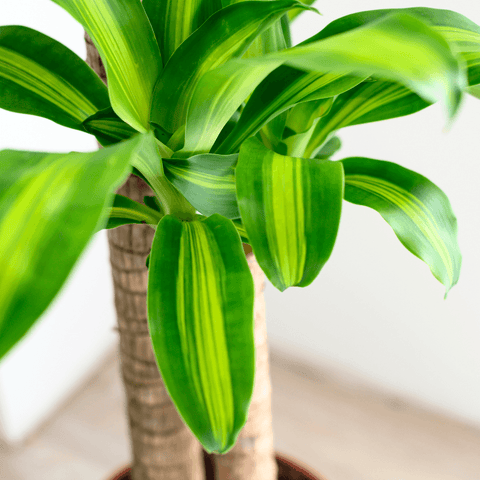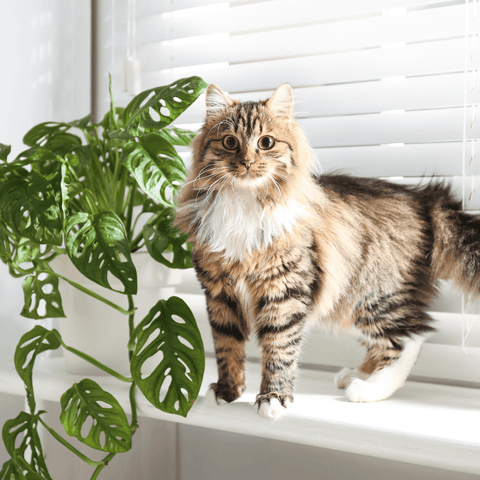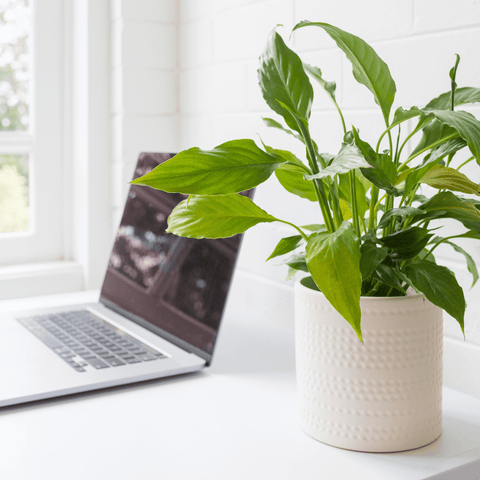Welcome to our comprehensive guide on successfully growing and caring for the Corn Plant (Dracaena). Whether you're a seasoned plant enthusiast or just starting your indoor gardening journey, this article will provide valuable insights and step-by-step instructions to help your Corn Plant thrive. Let's dive in!
How do I encourage my corn plant to grow?
To promote healthy growth in your Corn Plant, consider the following tips:
- Provide bright, indirect light: Corn Plants thrive in medium to bright, indirect light. Place them near a window with filtered sunlight for optimal growth.
- Maintain optimal temperature: These plants prefer temperatures between 65-80°F (18-27°C). Avoid exposing them to drafts or extreme temperature fluctuations.
- Ensure proper humidity: Corn Plants enjoy moderate humidity levels. Consider using a humidifier or placing a water tray near the plant to increase humidity.
- Fertilize regularly: Use a balanced, water-soluble fertilizer during the growing season (spring and summer) to provide essential nutrients. Follow the package instructions for application rates.
Starting a Corn Plant is relatively simple:
- Choose a healthy cutting: Select a stem cutting from a mature Corn Plant. Ensure it has at least three nodes (points where leaves emerge).
- Prepare the cutting: Trim the cutting just below a node and remove the lower leaves. Let the cutting dry for a few hours to develop calluses.
- Plant the cutting: Fill a small pot with well-draining soil and make a small hole in the center. Insert the cutting, ensuring at least one node is below the soil surface. Gently press the soil around it.
- Provide optimal conditions: Place the pot in a warm, brightly lit area, avoiding direct sunlight. Keep the soil lightly moist and mist the cutting occasionally to maintain humidity.
- Monitor progress: After a few weeks, roots will start to form. Once the cutting shows new growth, you can treat it as a mature Corn Plant.
Corn Plants are primarily grown as indoor houseplants. They thrive in the controlled environment of our homes, away from direct sunlight and harsh weather conditions.
How tall do corn plants grow indoors?
Indoor-grown Corn Plants can reach an impressive height of 4 to 6 feet (1.2 to 1.8 meters) on average. However, their growth rate may vary depending on environmental factors and care.
Do corn plants need big pots?
While Corn Plants appreciate a slightly tight fit, they eventually outgrow small pots. To provide ample space for their root system, repot your Corn Plant every 2-3 years into a pot 2 inches (5 cm) larger in diameter. This allows for proper growth and prevents root-bound issues.
How often do you water corn house plants?
The watering frequency for Corn Plants depends on various factors such as humidity, temperature, pot size, and soil type. As a general rule:
- Water thoroughly: Ensure water reaches the root zone, but do not let the plant sit in standing water.
- Check soil moisture: Stick your finger about an inch into the soil. Water when the top inch feels dry.
- Adjust watering in winter: Reduce watering during the plant's dormant period (winter), allowing the soil to dry out slightly between waterings.
By following these guidelines on growing and caring for the Corn Plant (Dracaena), you can create an ideal environment for your indoor garden. Remember to appropriately provide your plant with adequate light, humidity, and water. With patience and attention, your Corn Plant will reward you with its stunning foliage and vibrant presence, adding a touch of natural beauty to your indoor space.





Comments (0)
There are no comments for this article. Be the first one to leave a message!